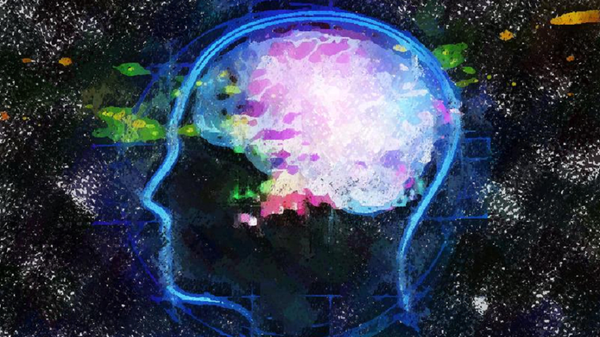Sleep which constitutes about one-third of human lives is crucial for learning and forming long-term memories. During sleep, the brain is primarily deactivated from sensory input.
However, the brain remains highly active, showing electrical activity in the form of sharp-wave ripples in the hippocampus and large-amplitude slow oscillations in the cortex replicating irregular periods of active and silent states of cortical neurons during deep sleep according to the study published in the Journal of Neuroscience.
During the study the EEG results showed low-amplitude fast rhythms and neuron activity in the hippocampus region of the brain that is responsible for the transition of short-term memory to long-term.
This rhythm follows slow and high-amplitude oscillations in the cortex. Simultaneously, the hippocampus translates the memories that were created during waking hours to the cortex where they are transformed into long-term memories.
According to scientists, in memory consolidation processes, hippocampus participation is no longer accepted. It is only responsible for the induction of the initial signal sent to the cortex that records specific memories, repeats them and strengthens the appropriate synaptic connections between the neurons, helping to keep the memory of previous events.
Normal sleep, during which brain activity remains high, is made up of non-rapid eye movement (NREM) sleep and rapid eye movement (REM) sleep.
NREM and REM sleep change in each of the 4-5 cycles during an eight-hour sleep period. Each cycle consists of NREM sleep followed by REM sleep, and approximately lasts 90-110 minutes.
NREM sleep has three stages, Stage 3 being deep sleep. Deep sleep, which makes up at least 20 percent of a person's total sleep time, ensues mostly in the first third of the night.





